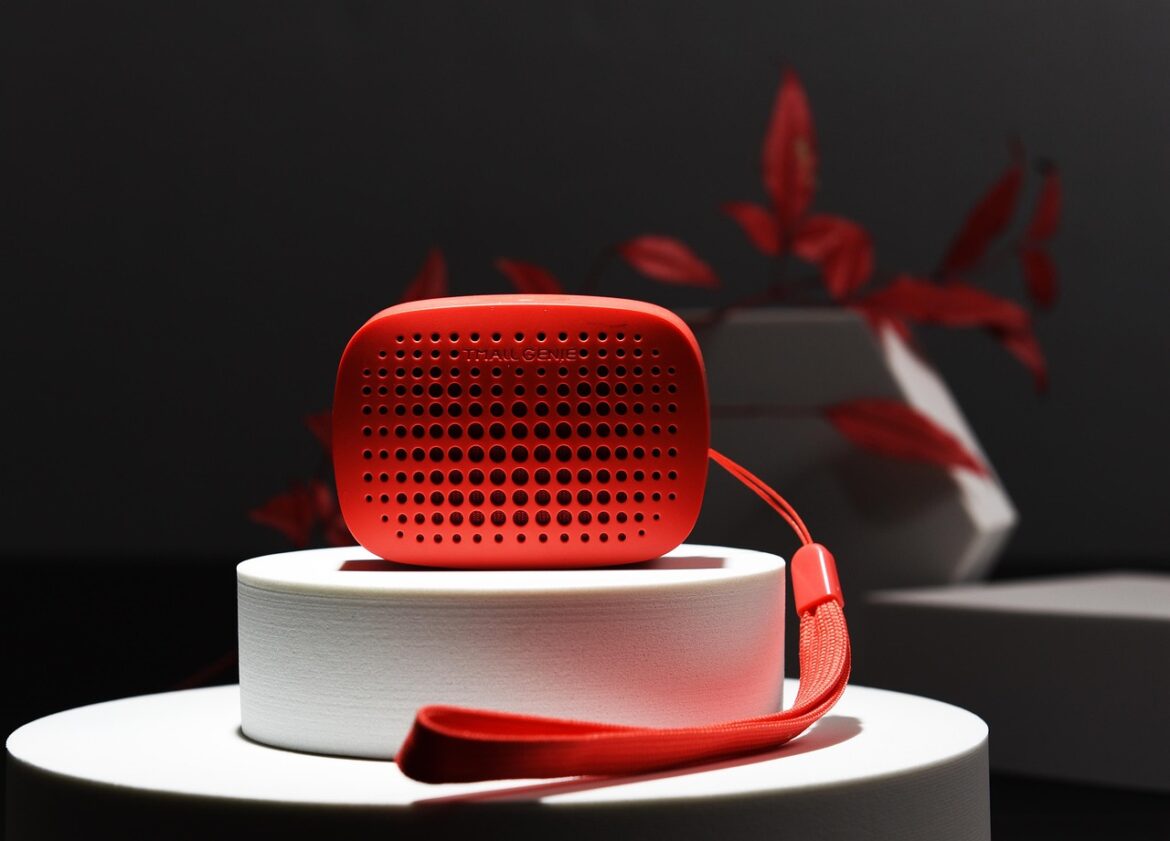The AI hardware revolution is buzzing louder than ever, shaping everything from your smart gadgets to massive data centers. Let’s unpack five standout trends defining the AI hardware landscape in 2025.
1. AI and IoT Unite for Smarter Devices
The fusion of AI with Internet of Things (IoT) — known as AIoT — is no longer a futuristic concept; it’s mainstream. Imagine your security camera not only capturing footage but instantly detecting unusual behavior without needing the cloud. AI-powered edge devices are making it happen by processing data locally, speeding up decisions and saving bandwidth.
Companies like Biobeat have nailed this with health patches that monitor your vitals and provide insights in real-time. Industrial players are also hopping on board with AI-equipped gateways that predict machine failures before they happen. By 2025, it’s expected that over 95% of new industrial IoT devices will come bundled with AI. The result? Smarter, faster, and safer connected tech all around.
2. Generative AI Supercharging Chip Development
Generative AI isn’t just a buzzword—it’s speeding up how we build AI hardware itself. Code generation tools powered by AI help engineers write firmware faster and create analytics dashboards on the fly. This means innovation cycles are shortening, and new smart devices hit the market sooner.
3. Semiconductor Makers Racing Ahead
The semiconductor world is feeling the AI heat. Powerhouses like TSMC, NVIDIA, and AMD are at the frontline, pumping out chips that fuel everything from data centers to autonomous cars.
TSMC’s staggering stride in Q2 2025—capturing 73% of wafer revenue from advanced chips, including their cutting-edge 3nm technologies—highlights AI’s rubber-meets-the-road demand. Their chips, powering NVIDIA’s H100 GPUs and AMD’s MI355X processors, are the muscle behind vast AI computations.
4. Specialized AI Chipsets for Edge Efficiency
Brands like Qualcomm and NVIDIA offer AI processors designed for edge hardware—think smartphones or industrial sensors—that blend high performance with energy savings. This hardware enables AI to run smoothly in devices you’re carrying or surrounded by daily without draining batteries.
5. Overcoming Manufacturing Challenges
Despite rosy trends, the industry wrestles with supply chain woes, talent shortages, and the physics hurdles of miniaturizing chips. But in true tech fashion, these challenges spark innovation, pushing companies to explore sustainable manufacturing and novel materials.
To sum it up: Whether it’s your smart home gadgets getting neater with AI inside or colossal data centers running sophisticated models on ultra-fast chips, 2025 is marking a milestone—the era when AI hardware truly powers everyday life. Industry experts say we’re just scratching the surface as smarter, faster, and more efficient AI tech becomes the norm across sectors.
Get ready to see AI hardware not just as cold silicon, but as the brain behind everything connected and intelligent in our daily world.
References:
- https://ts2.tech/en/iot-platforms-and-devices-roundup-june-july-2025/
- https://arxiv.org/html/2507.01903v1
- https://straitsresearch.com/blog/ai-is-transforming-the-semiconductor-industry
- https://academic.oup.com/philmat/advance-article/doi/10.1093/philmat/nkaf005/8182666?searchresult=1
- https://www.iotforall.com/aiot-trends-2025
- https://pmc.ncbi.nlm.nih.gov/articles/PMC12215907/
- https://www.ainvest.com/news/tsmc-s-q2-surge-a-beacon-of-ai-s-semiconductor-supercycle-250710102ead77813399a659/
- https://news.ycombinator.com/item?id=44442072



